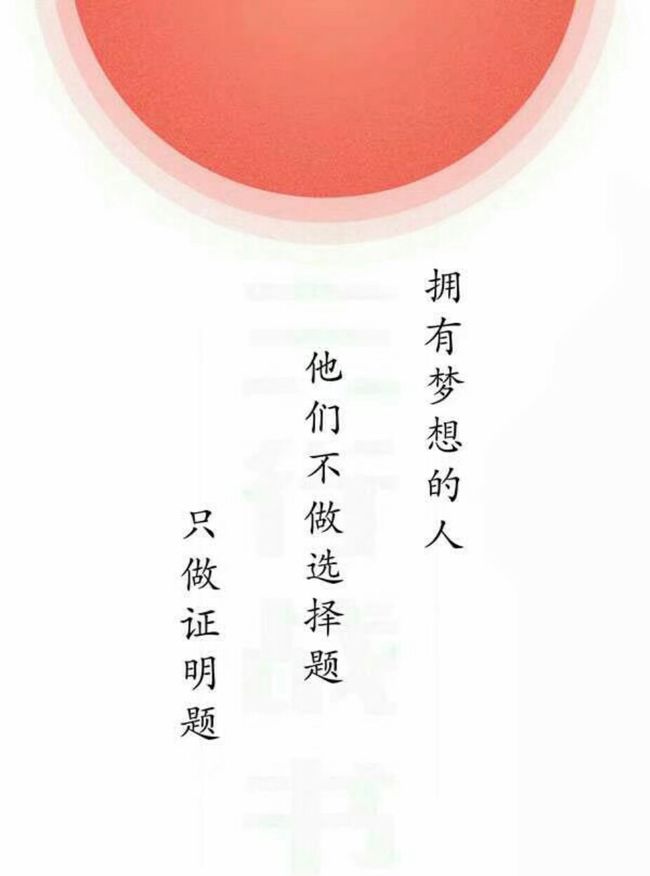1.表示地点位置的介词
1)at ,in, on, to,for
at (1)表示在小地方; (2)表示“在……附近,旁边”
in (1)表示 在大地方; (2)表示“在…范围之内”.
on 表示毗邻,接壤,“在……上面”.
to 表示在……范围外,不强调是否接壤;或“到……”
2)above, over, on 在……上
above 指在……上方,不强调是否垂直,与 below相对;
over指垂直的上方,与under相对,但over与物体有一定的空间,不直接接触.
on表示某物体上面并与之接触.
The bird is flying above my head.
There is a bridge over the river.
He put his watch on the desk.
3)below, under 在……下面
under表示在…正下方
below表示在……下,不一定在正下方
There is a cat under the table.
Please write your name below the line.
4)in front [frant]of, in the front of在……前面
in front of…意思是“在……前面”,指甲物在乙物之前,两者互不包括;其反义词是behind(在……的后面).
There are some flowers in front of the house.(房子前面有些花卉.)
in the front of 意思是“在…..的前部”,即甲物在乙物的内部.反义词是at the back of…(在……范围内的后部).
There is a blackboard in the front of our classroom.
我们的教室前边有一块黑板.
Our teacher stands in the front of the classroom.
我们的老师站在教室前.(老师在教室里)
5)beside,behind
beside 表示在……旁边
behind 表示在……后面
2.表示时间的介词
1)in , on,at 在……时
in表示较长时间,如世纪、朝代、时代、年、季节、月及一般(非特指)的早、中、晚等.
如 in the 20th century, in the 1950s, in 1989, in summer, in January, in the morning, in one’s life , in one’s thirties等.
on表示具体某一天及其早、中、晚.
如on May 1st, on Monday, on New Year’s Day, on a cold night in January, on a fine morning, on Sunday afternoon等.
at表示某一时刻或较短暂的时间,或泛指圣诞节,复活节等.
如at 3:20, at this time of year, at the beginning of, at the end of …, at the age of …, at Christmas, at night, at noon, at this moment等.
注意:在last, next, this, that, some, every 等词之前一律不用介词.如:We meet every day.
2)in, after 在……之后
“in +段时间”表示将来的一段时间以后;
“after+段时间”表示过去的一段时间以后;
“after+将来的时间点”表示将来的某一时刻以后.
3)from, since 自从……
from仅说明什么时候开始,不说明某动作或情况持续多久;
since表示某动作或情况持续至说话时刻,通常与完成时连用.since表示"自(某具体时间)以来",常用作完成时态谓语
的时间状语.
since liberation(1980)自从解放(1980年)以来 They have been close friends since childhood.
他们从小就是好朋友. (1)since the war是指"自从战争结束以来",若指"自从战争开始以来",须说"since
the beginning of the war".
(2)不要将since与after混淆.
比较:He has worked here since 1965.(指一段时间,强调时间段)自从1965年以来,
他一直在这儿工作. He began to work here after 1965.
(指一点时间,强调时间点)从1965年以后,他开始在这儿工作.
4)after, behind 在……之后
after主要用于表示时间;
behind主要用于表示位置.
时间名词前介词用法口诀
年前周前要用in
具体日子却要用on
遇到几号要用on
上午下午又是in
要说某日上下午
用on换in记清楚
午夜黄昏用at
黎明用它也不错
at用在时分前
说“差”可要用上to
说"过''要用past
[编辑本段]
3.表示运动方向的介词:
across, through 通过,穿过
across表示横过,即从物体表面通过,与on有关,为二维
through穿过,即从物体内部穿过,与in有关,为三维.
4.表示“在……之间”的介词:
表示“在……之间”的介词在英语中属于方位介词,如in front of ,behind ,on, in, near, under, up
between, among
between指在两个人或两个事物之间;
among指在三个或三个以上的人或事物之间.
5.表示其他意义的介词
1)on ,about 关于
on 表示这本书,这篇文章或演说是严肃的,或学术性的,可供专门研究这一问题的人阅读;
about表示内容较为普通,不那么正式.
2)by, with, in 表示方法、手段、工具
by 以……方法、手段或泛指某种交通工具;
with 表示用 …工具、手段,一般接具体的工具和手段;
in 表示用…方式,用…语言(语调、笔墨、颜色)等;
3)except, besides 除了
except 除……之外,不包括在内;
besides 除……之外,包括在内.
Except for Mr. Wang, we went to see the film.(王先生没去)
Besides Mr. Wang, we also went to see the film.(王先生也去了)
add…to 加到……上 agree with 同意(某人)
arrive at(in) 到达 ask for 询问
begin…with 从……开始 believe in 相信
break into 闯入 break off 打断
break out 爆发 bring down 降低
bring in 引进 bring up 教育,培养
build up 建起 burn down 烧光
call back 回电话 call for 要求约请
call in 召来 call on 拜访 访问
care for 喜欢 carry on 继续开展
carry out 实行开展 check out 查明 结帐
clear up 整理,收拾 come about 发生,产生
come across (偶然)遇见 come out 出来
come to 共计 达到 compare…with 与……比较
compare to 比作 cut off 切断
date from 始于 depend on 依靠
devote to 献于 die out 灭亡
divide up 分配 dream of 梦想
fall off 下降 fall over 跌倒
feed on 以……为食 get down to 专心于
get through 通过 give in 让步,屈服
表示时间:at,in,on,by,through
表示附近:near,by,beside,at
表示地点:at,in,on
表示除外:besides,except,except for,but
表示方位:in,to,on
表示上下:above,below,over,under,on,beneath
表示方式:by,through,with
表示原因:for,from,at,through,with,because of,due to,owing to,on account of,thanks to
表示价格比率对比:at,by,for,against
表示属性特性:of,with
还有since,inside,out of,onto,into,without,instead of,from behind,until from,concerning,considering,following,including,regarding,respecting,savin
你只看到别人在课堂上睡大觉,却不知道他题海战术到深夜;你只知道自己解决一道难题用了十分钟没有结果便放弃,却不知道别人用了一天;你只觉得自己很累,但是高三的学生,有几个不累的?
关注微信公众号“灵泉清梦”,会有更多免费学习视频和干货等着你们哦。

